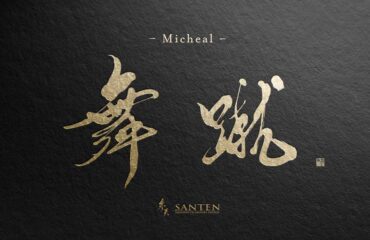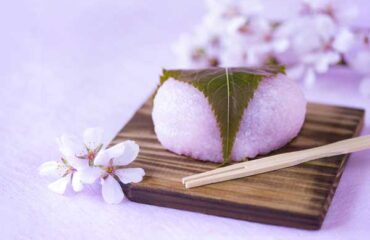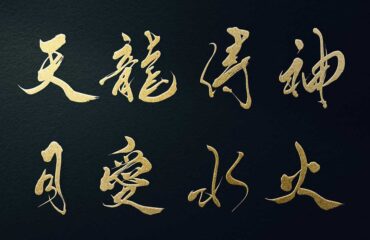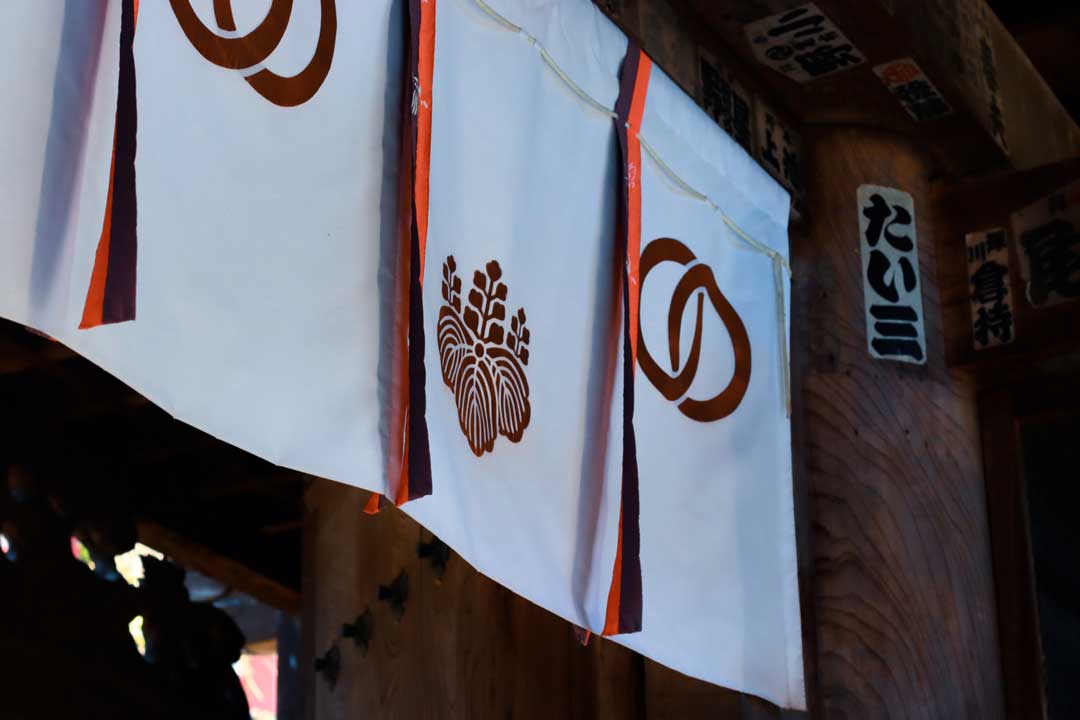
The world of Japanese design is replete with beauty and tradition, and one element that holds a special place in Japanese culture is the “Noren” (暖簾).
These fabric dividers, which have been used for centuries, are a subtle yet essential aspect of Japanese aesthetics.
In this blog post, we will dive into the rich history and artistry of Noren, exploring their uses and significance, and how they continue to captivate both locals and visitors alike.
A Brief History of Noren
The history of noren, a traditional Japanese item deeply rooted in Japanese culture, dates back to ancient times.
The origin of noren is not clear, but it is believed to date back to the Nara period (710-794) or the Heian period (794-1185).
The first noren were initially used as interior dividers to protect against the cold.
At that time, noren were primarily used indoors, and fabric ones were common.
They were often used among the nobility and in temples, spreading throughout the upper classes.
From the Kamakura period (1185-1333) onward, noren began to be hung at the entrances of shops, as they are used today.
This was due to an increase in the number of shops, the development of commerce, and the growing urban population.
By the Edo period (1603-1868), noren had become even more widespread, being used in merchant houses and common households.
During the Edo period, various designs and patterns were used on noren, and their value as works of art increased.
Merchants would create noren with original designs or family crests Kamon, using them as the face of their shops.
With the influx of Western architecture and culture and the changes in Japanese life during the Meiji period (1868-1912), noren continued to be widely used.
Even today, noren can be seen in restaurants, shops, and public baths, being passed down as a part of traditional Japanese culture. In tourist areas, traditional noren are also popular as souvenirs.
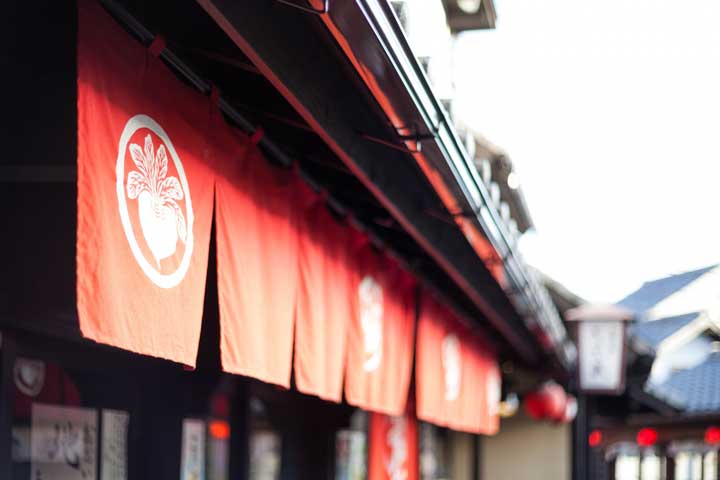
Traditional Noren Production
Traditional noren production methods employ ancient Japanese weaving and dyeing techniques. They are typically made through the following steps:
Material selection: Various materials, such as cotton, linen, and polyester, are used for noren. However, traditional noren commonly use cotton or linen. Linen is particularly suitable for noren due to its breathability, durability, and longevity.
Weaving: Noren are made using weaving techniques such as plain weave, twill weave, and striped weave. Twill weave is known for its beautiful woven patterns, while plain weave is durable and easy to handle, making it suitable for noren.
Dyeing and design: Dyeing techniques include stencil dyeing, pour dyeing, yuzen dyeing, and shibori dyeing. Stencil dyeing is a method of dyeing patterns using stencils, allowing for the same pattern to be dyed repeatedly. Yuzen dyeing is characterized by delicate designs similar to paintings and can produce vibrant noren. Shibori dyeing is a technique that creates unique patterns by squeezing the fabric before dyeing it.
Finishing: After dyeing, the noren are dried and then undergo the finishing process. The edges are sewn, and a bamboo or wooden rod is inserted through the top, allowing the noren to be hung.
Customization: Since traditional noren are handmade, their design and size can be customized. This allows for the creation of noren with unique designs or logos.
Through these steps, traditional noren are carefully crafted. The use of handmade techniques highlights the beauty and texture of noren, which have been passed down as part of Japanese traditional culture.
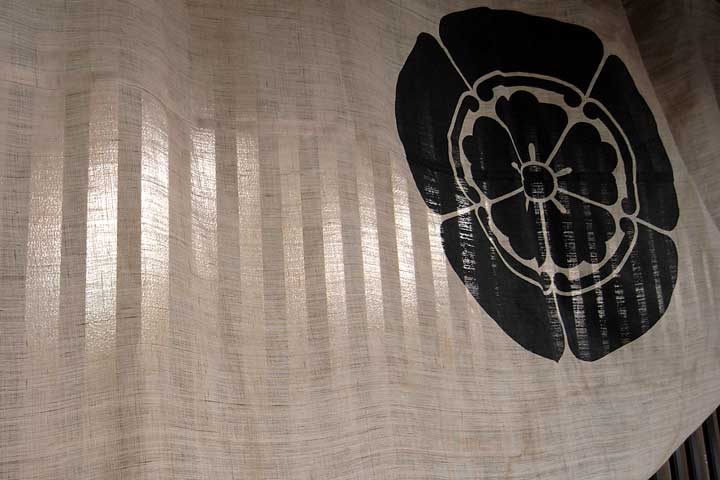
Utilizing Noren in Business
Noren are widely used in restaurants and eateries for several reasons that contribute to both the aesthetic appeal and practical function of these establishments.
Firstly, noren serve as a visual representation of the restaurant’s brand or theme, often featuring unique designs or logos that catch the eye and leave a lasting impression on potential customers.
This not only enhances the restaurant’s identity but also adds a touch of authenticity and charm to its atmosphere.
Secondly, noren provide a sense of privacy for diners by acting as a subtle partition between the interior of the restaurant and the outside world.
This creates a cozy and intimate atmosphere, encouraging customers to relax and enjoy their dining experience.
The fabric also helps to reduce noise and block unwanted sights from the street, further contributing to a comfortable environment.
Additionally, noren are versatile and can be easily changed to reflect the seasons, special promotions, or events.
This keeps the restaurant’s entrance visually appealing and fresh, enticing customers to visit and explore the ever-changing offerings.
Moreover, noren serve as a clear indicator of the restaurant’s operating status.
When the noren is displayed, it signifies that the establishment is open for business, allowing passersby to easily identify whether they can enter or not.
In summary, noren are popularly used in restaurants and eateries due to their ability to enhance the establishment’s identity, create a comfortable atmosphere, showcase seasonal changes or promotions, and communicate operational information to potential customers.
These factors make noren an essential and attractive feature for many dining establishments.
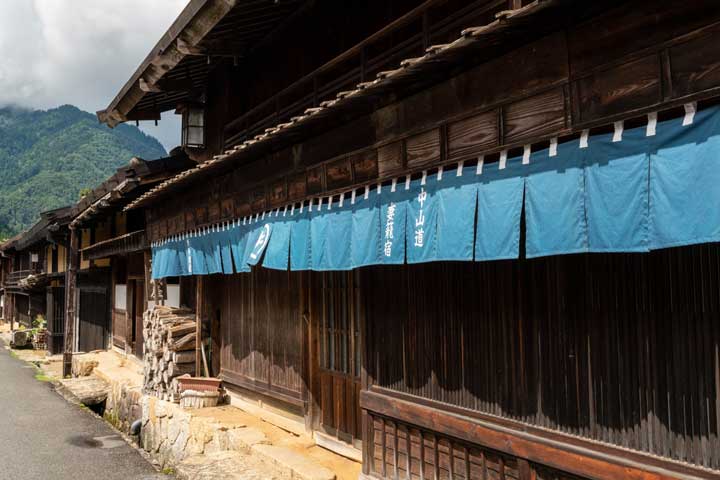
Noren in Contemporary Design
In recent years, Noren have experienced a resurgence in popularity, as designers and homeowners alike have found new ways to incorporate them into modern spaces.
They have become popular as curtains or wall hangings, bringing a touch of Japanese tradition to contemporary interiors.
Additionally, Noren-inspired fashion items, such as scarves and bags, have gained traction, showcasing the versatility of this timeless design element.
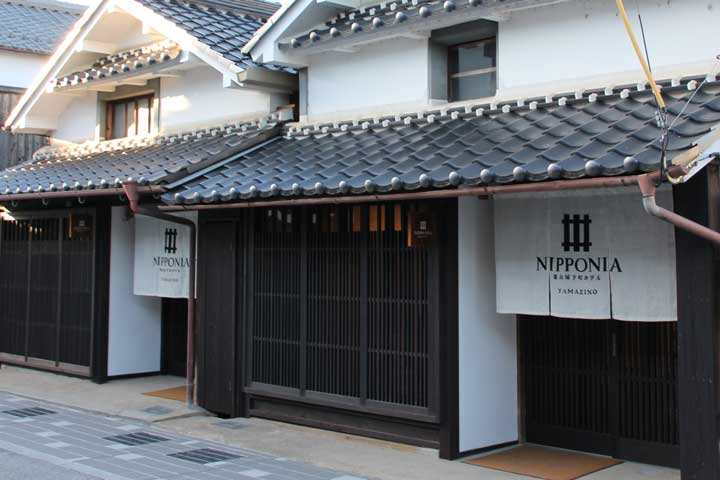
Captivating Calligraphy Examples for Noren and Signboards
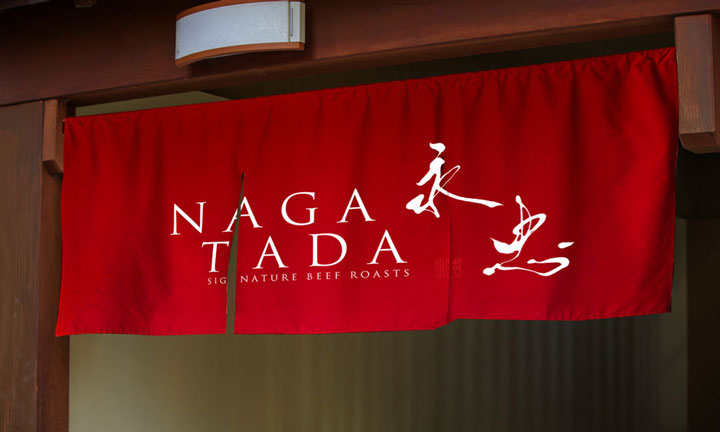

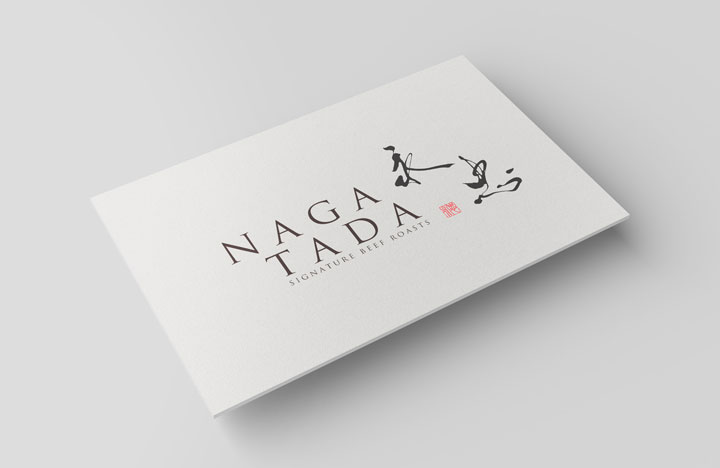
Conclusion
The Noren is a testament to Japan’s enduring love for tradition and beauty.
These fabric dividers have stood the test of time, serving not only as practical elements but also as a reflection of the country’s rich culture and artistry.
As you explore the world of Noren, you’ll discover a unique piece of Japanese history that continues to inspire and captivate people from all walks of life.
Other Introduction
Itamae Charm – Unveiling Japanese Cuisine Masters
“Omakase” Experience in Japanese Cuisine

